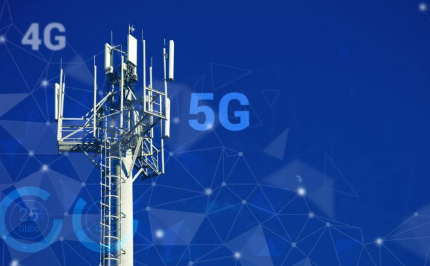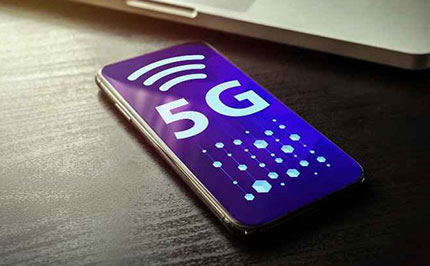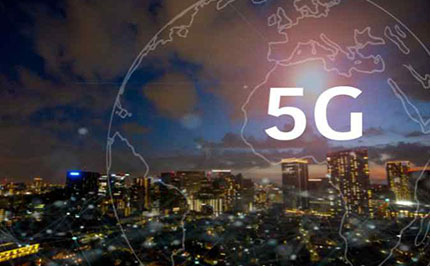What is 5G?
5G is the fifth generation of wireless technology that offers faster internet
speeds, lower latency, and more reliable connectivity than before.
With 5G, you can download movies in seconds, stream high-quality videos without
buffering, and enjoy seamless connectivity in crowded areas.
Why Choose Talk Home 5G?
Experience blistering fast 5G speeds up to 1Gbps, unthrottled data, and UK-wide network coverage. With our SIM plans, you’ll have reliability and connectivity unlike any other.
All you need is a 5G-ready device and a Talk Home SIM. All our plans come with 5G connectivity at no extra cost.
EXPLORE 5G PLANSExplore 5G SIM-only Deals on Talk Home
No throttling, no annual hikes, and no daily caps. Explore amazing value on our 5G SIM-only deals today.
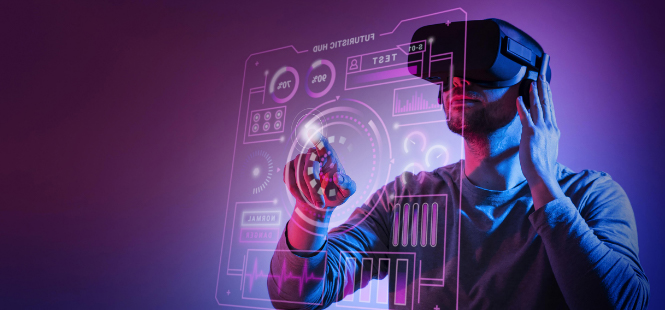
How Fast is 5G than 4G?
5G is around 10 times faster than 4G, reports suggest. The average 5G speeds in the UK are around 150-250Mbps. In comparison, 4G works at average
speeds of 23-35Mbps.
5G has significantly lower latency of <20ms for some consumer applications (e.g. gaming or augmented reality) and <5ms for ultra-low latency applications (e.g. in smart factories).

Where to Get 5G?
We’ve got 5G in all the major cities across the UK. If you have a 5G-supported device and Talk Home’s 5G SIM card, you'll automatically connect if you’re in an area with 5G. Use our coverage map to check the 5G coverage in your area.
CHECK COVERAGE
Join the UK’s widest and fastest network Getting 5G with SIM only data plans
Useful 5G resources you might like
Frequently Asked Questions
Find answers to some of the most frequently asked questions about our 5G SIM:



 Sign in
Sign in
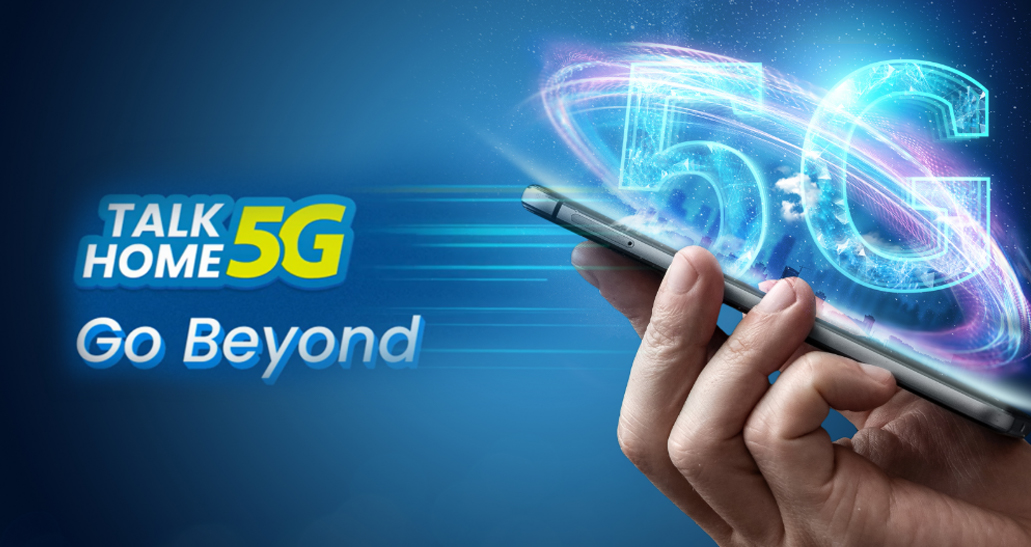


 +20GB
+20GB
